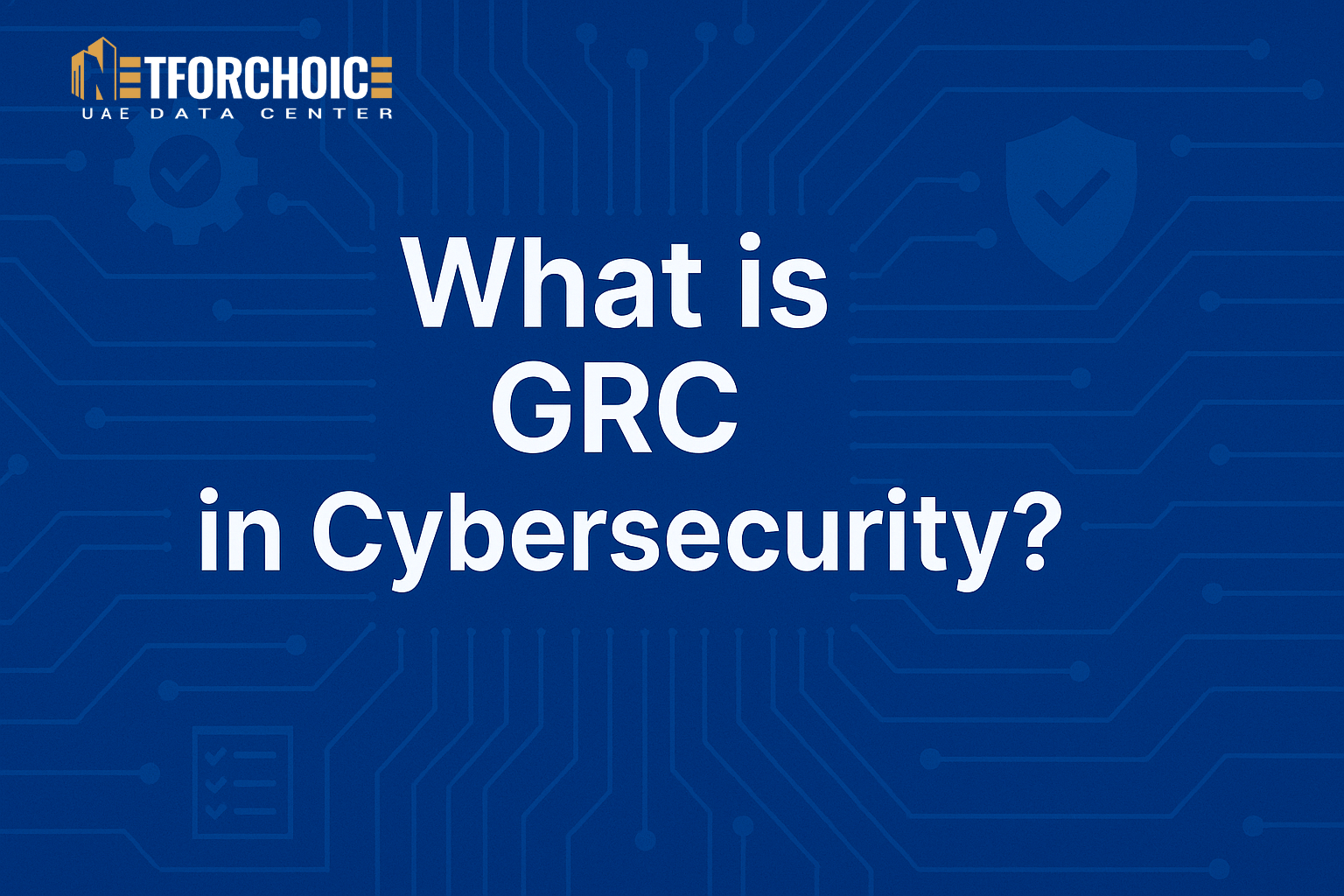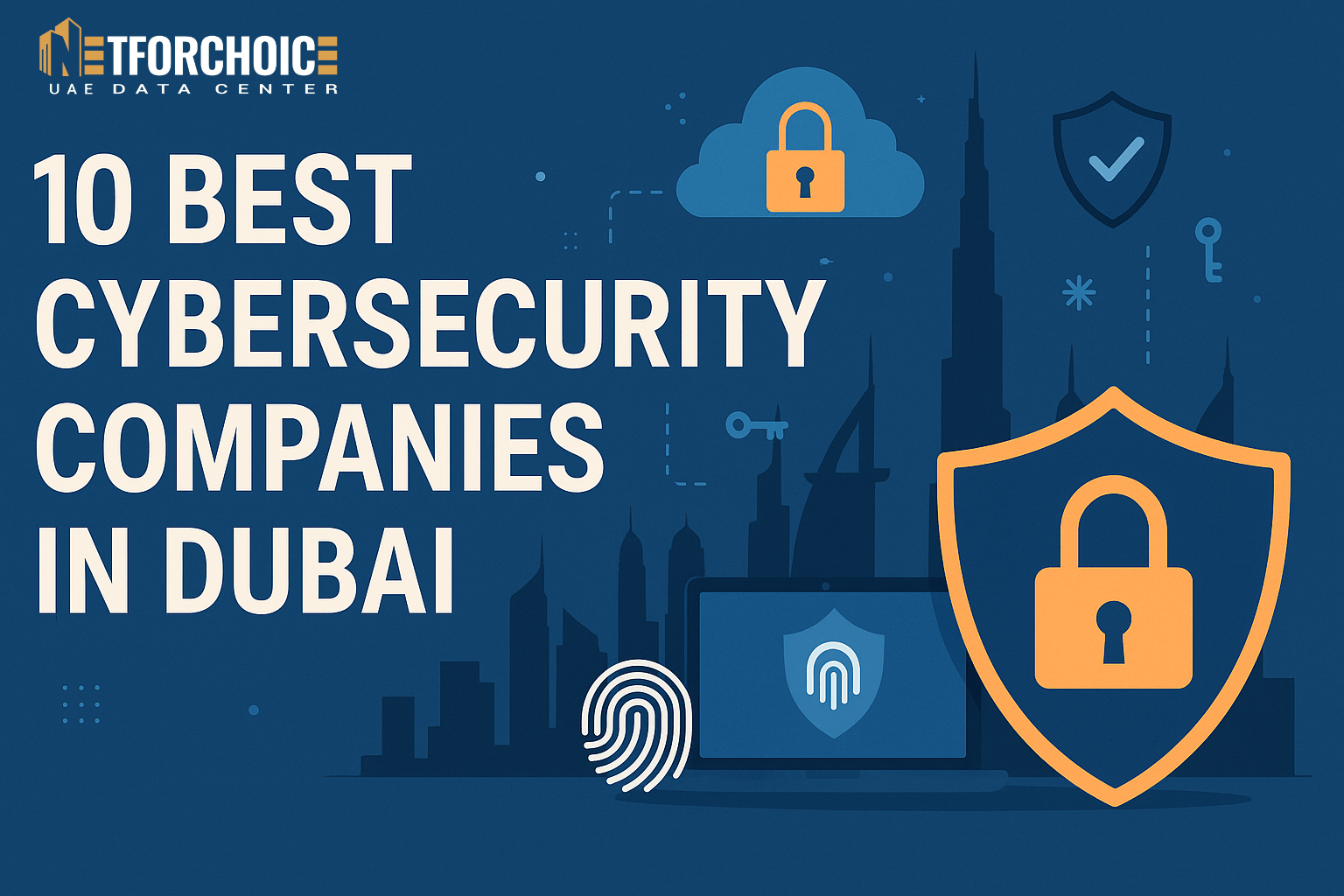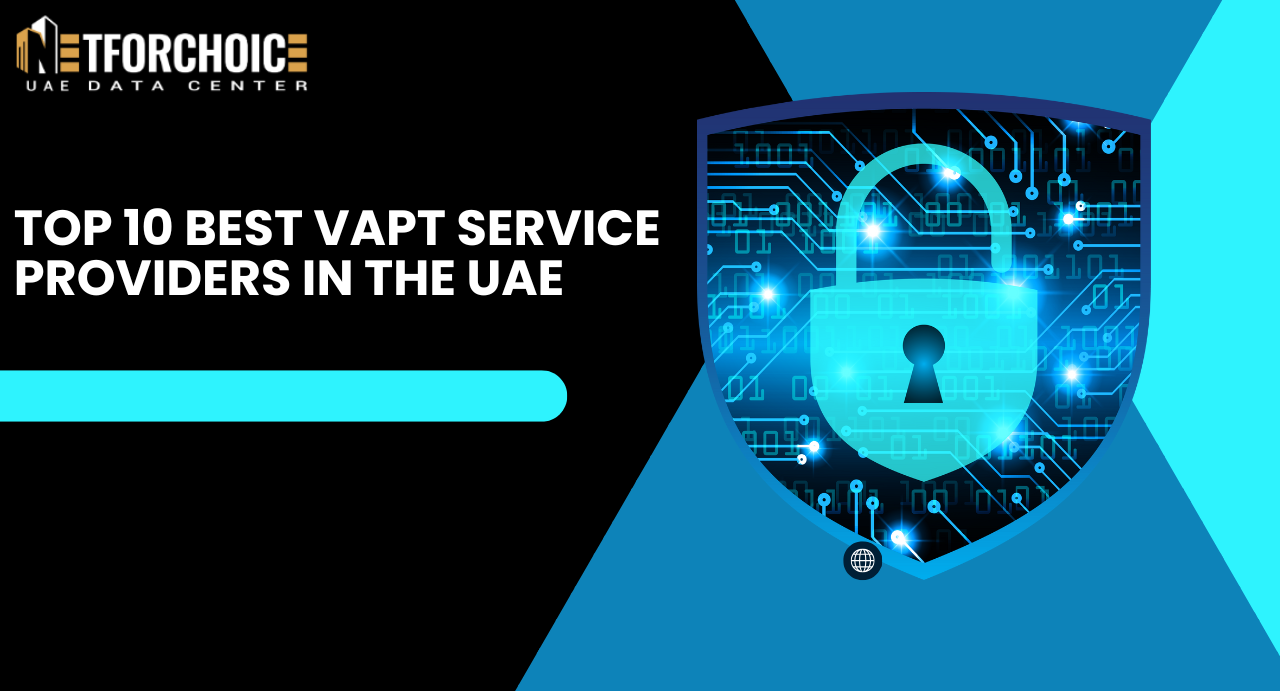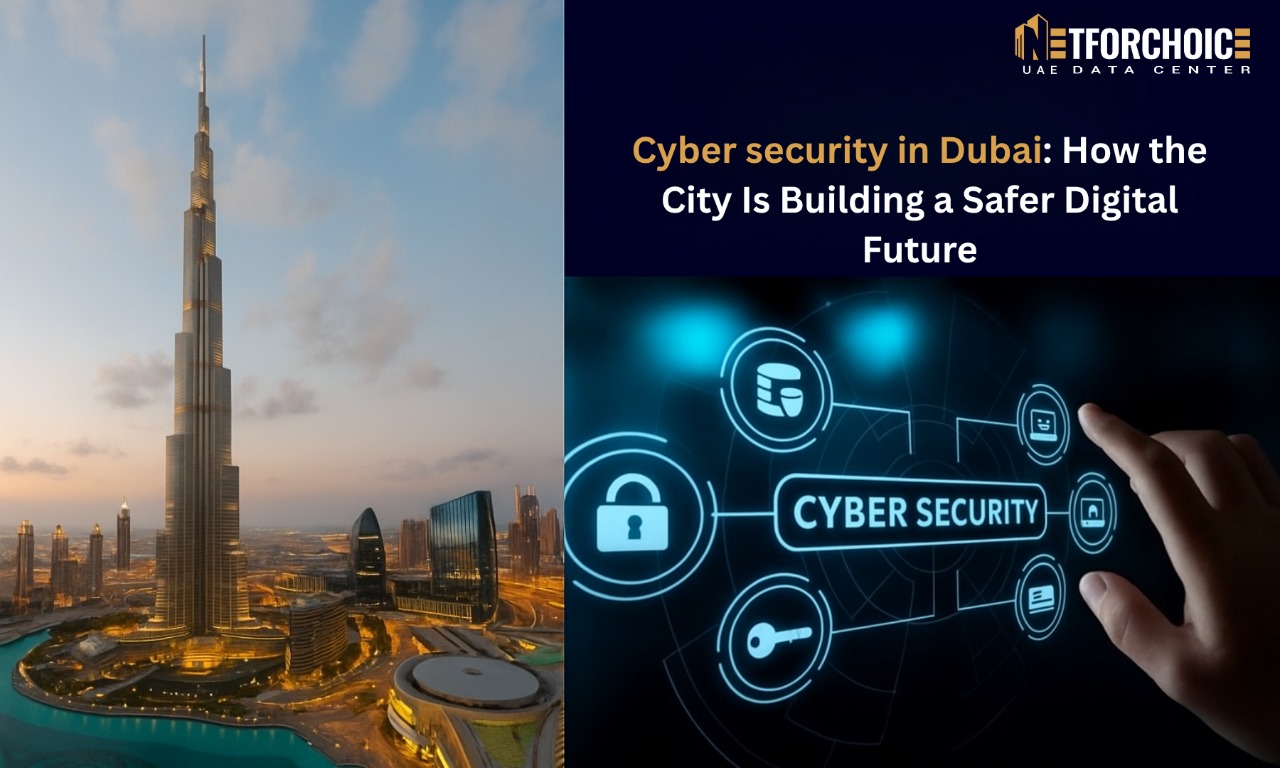What is GRC in Cybersecurity?

At a time when cyber-attacks are rising rapidly, safeguarding valuable customer information and being compliant with regulatory requirements is usually a tricky affair to companies.
That is where GRC in cybersecurity has been taking off. Governance, Risk, and Compliance (GRC), as well as GRC, is an organizational strategy that develops a strong security framework within contemporary organizations.
Just imagine that it is a series of security practices which will guard your business against vulnerable threats as well as guarantee compliance requirements.
This conception is presented by OCEG (Open Compliance and Ethics Group) a non-profit organization in 2007. This was to reduce security risks, reduce expenses, minimize irregularities and improve decision making.
They adopt different tools and software in governance and risk management with strong innovation and implementation of technology. This necessitates the need of businesses at all levels to adopt GRC in order to attain objectives, assessing risks, book-keeping, and even financial reporting.
In the case of startups and small-scale businesses, it is worth considering well-organized and scalable security measures and the best tips to follow to ensure cybersecurity in small businesses to develop a powerful GRC framework.
Nevertheless, this post takes you through fundamental aspects, GRC tools, critical advantages, and its significance that enable you to understand everything about what GRC in cybersecurity is.
Understand GRC in Cybersecurity
GRC has three pillars that include Governance, risks management and compliance. It is a strategic approach that assists organizations to align their IT operations with business needs in a manner that complies with regulations.
By adopting GRC in cybersecurity processes, there will be minimal wastage of resources, high productivity and minimal noncompliance issues. Nevertheless, security is not only an autonomous practice, it provides visibility, accountability, and reliability in the entire business environment.
In order to get familiar with GRC and crucial cybersecurity trends, it is essential to learn about such key elements that assist in controlling and managing overall governance, possible risks, and industry standards.
Components of GRC in Security landscape
Governance:
Governance in GRC can be defined as a set of security policies, principles and frameworks that assist businesses in attaining their objectives. It is an embodiment of the duties of key stakeholders, including employees, managers or directors, and the correct prescriptions of what their particular role is in safeguarding digital assets.
Good governance will encourage your team to adhere to the basic and social responsibility policies of the organization such as ethics, resource management, accountability and transparency in sharing data.
Risk Management:
Just like legal, financial, and security risks, business is usually overwhelmed by several cyber risks such as ransomware, phishing, and data breaches. This GRC risk management assists you to identify and avoid these risks and hence you respond fast to cyberattacks.
Cybersecurity is one of the business applications of this strong GRC to forecast the future technical risks to minimize loss, maximize efficiency, and protect reputation.
Compliance:
Compliance is an action that integrates regulatory laws, rules, and industry standards that would make your organization compliant with the required guidelines. These security measures are fast becoming very difficult, such as GDPR, SOX, HIPPA, and PCI-DSS, with the increasing cyberattacks. When compliance is properly followed, the organization is able to comply with the laws and get rid of unnecessary expenditures and fines.
Nevertheless, both elements play certain roles in business operation, yet they also generate certain weaknesses that leave loopholes in the operations of the organization in terms of security. GRC strategy integrates all these elements into a single location to form an efficient framework.
This will enable the companies to expand very fast without interfering with the government regulations and the industries. Also, this will create trust among customers, employees, and stakeholders and their sensitive data is safe.
Also Read: What is Confidential Computing & Zero-Trust Security?
What makes GRC so important?
The cyber threats are multiplying at an alarming rate in our digital connected world due to poor encryption protocols and a lack of compliance training. The adoption of a good GRC framework provides a viable approach that can be used to control these problems and retain customer faith and desire. There are several benefits that organizations that utilize GRC in cybersecurity practices might receive, and they include:
Better Decision Making:
By providing real-time monitoring of resources, early risk detection, and implementation of GRC, you will have full control over the data, as you will be able to access data in real-time. Such fine analysis can assist you in making good decisions on the spot before it is too late.
Cost-effective:
Strong GRC strategy eliminates unnecessary procedures, finds duplication in the compliance process, that may result in time and money savings. Risk detection at early stages and strong security measures will be able to reduce the non-essential expenses and will provide new possibilities to invest in security.
Boost Persistency:
A comprehensive GRC in cybersecurity model enables your organization to manage and respond to any possible interruptions and cyberattacks. Organizations can produce long-term success and growth by developing an efficient, well-compliant, and more resilient structure.
Effective Security:
The governance, risk management and compliance implementation are in line with a sound security environment and the risk of data theft is considerably reduced. These are the major strategies that can assist you in safeguarding business activities, enhancing performance and safeguarding confidential customer data.
Rapid Obeying Characteristics:
In addition, routine audits are easy and fast when policies, rules, processes, and documentation are consistent with a central location. Adherence to industry standards and government rules helps to avoid possible risks, loss of money, and serious reputational damage.
Talk To Our Cybersecurity Expert Now
The Role of GRC Tools in Cybersecurity
As the threats of cyberattacks are growing, most organizations are turning conventional approaches to more sophisticated GRC software to control and automate operational processes.
GRC is important in the application of cybersecurity practices, and it is a strategic approach that enables the whole process of regulatory compliance. They automate routine work, streamline complicated procedures, and align security measures to align IT operations with business objectives.
Having a broad set of advantages, the common benefits that can be observed after introducing GRC into the practice of cybersecurity are as follows:
- Prevention of risks at an early stage
- Policy and compliance control
- Monitoring of incident response
- Audit evaluation and inspection
- Risk management of stakeholders
However, what are the common cybersecurity GRC tools? They include such platforms as RSA Archer, MetricStream, ServiceNow GRC, LogicGate, and others. They offer a complete dashboard on which stakeholders can obtain a detailed picture of their business performance and communicate between departments.
Conclusion:
Knowing what GRC in cybersecurity is, the initial step for organizations seeking to protect their digital assets and implement compliance regulations is important. No matter whether you are a CISO, business owner, or a hobbyist in the field of cybersecurity, implementing such an advanced approach might change the manner in which you deal with digital risks.
Organizations can effectively control and secure their operations by integrating all the three pillars of the security strategy to their operations, namely governance, risk management, and compliance. Despite its vast advantages, many organizations hesitate to adopt GRC in cybersecurity practices, thinking cybersecurity is technical and more complex.



